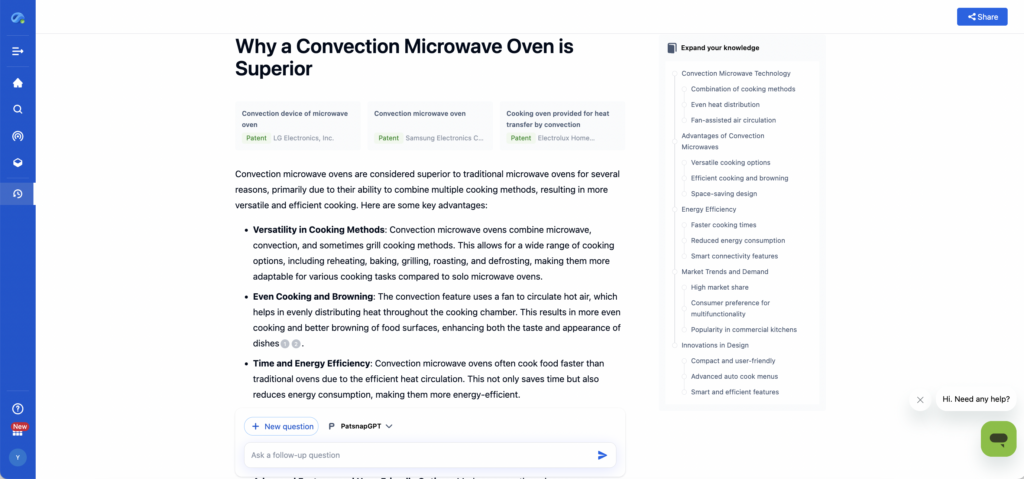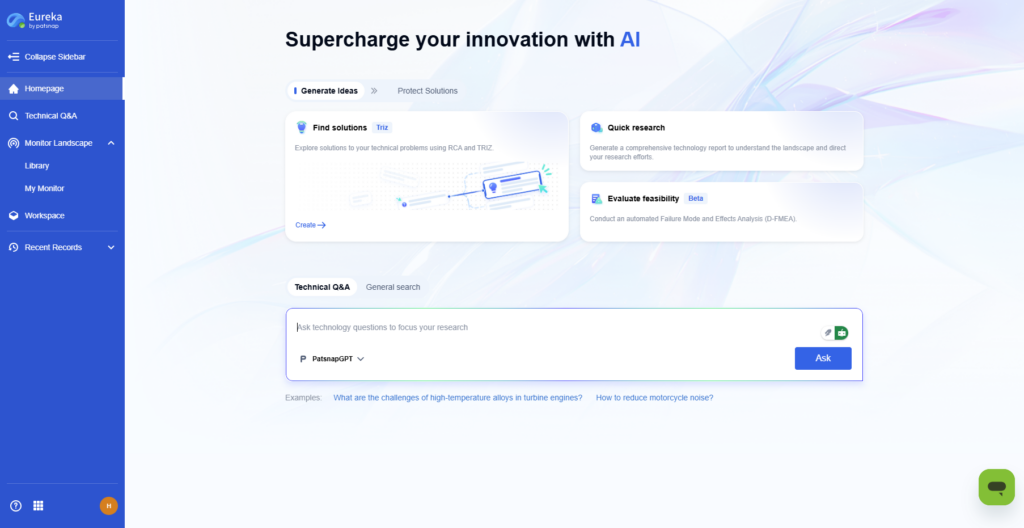
Introduction
Cooking technology has advanced significantly, moving beyond conventional ovens and simple microwaves. Modern consumers and industries require faster, more energy-efficient, and higher-quality cooking solutions. This is where convection microwave ovens, which combine microwave and traditional heating methods, outperform single-technology appliances.But why does this hybrid approach work better? The answer lies in heat distribution, energy efficiency, and food texture. This article explores the science behind a convection microwave oven, its advantages, applications, and the latest innovations in hybrid heating.
Understanding Microwave and Traditional Heating Technologies
To understand why combining microwave and convection heating is superior, we must first analyze how each works individually.

Microwave Heating: Fast but Inconsistent
Microwave ovens heat food using dielectric heating—microwaves penetrate the food, causing water molecules to vibrate rapidly and generate heat. This process allows food to cook from the inside out, leading to rapid heating but often resulting in uneven cooking, soggy textures, or dry spots.
Key characteristics of microwave heating:
- Rapid energy transfer (reduces cooking time)
- Heats food internally but lacks surface browning
- Poor heat distribution for solid or dense foods
Convection & Traditional Heating: Even but Slow
Traditional ovens rely on conduction, convection, and radiation:
- Conduction: Heat transfers from the oven walls to food surfaces.
- Convection: A fan circulates hot air for even temperature distribution.
- Radiation: Infrared heat from heating elements contributes to browning.
This method is excellent for baking and roasting, as it promotes even cooking and caramelization through the Maillard reaction, which gives food its golden-brown color. However, it is slower than microwave heating and requires longer preheating.
Key characteristics of traditional heating:
✅ Even heat distribution, crispy and browned textures
✅ Optimal for baking, roasting, and grilling
❌ Slow cooking times and higher energy consumption
⭐️As shown in the following Eureka Technical Q&A Report, the combination of microwave and conventional heating significantly improves the uniformity of food heating while also enhancing the caramelization of the outer layer.

The Science Behind Combining Microwave and Traditional Heating
How Hybrid Ovens Work
A convection microwave oven integrates both methods:
- The microwave component heats food quickly from the inside.
- The convection system circulates hot air, ensuring even browning and crisp textures.
This synergy allows for faster cooking times while retaining moisture and enhancing texture, making hybrid ovens superior for many types of food.
Scientific Benefits of Combining the Two
- Faster Cooking – Reduces cooking time by up to 50% compared to traditional ovens.
- Even Heating – The convection fan prevents hot spots and ensures uniform cooking.
- Crisp Texture – Convection heat browns food perfectly while microwaves keep it moist.
- Energy Efficient – A hybrid oven consumes less energy by reducing overall cook time.
For instance, reheating pizza in a microwave makes it soggy, while a conventional oven takes too long. A convection microwave oven ensures quick heating with a crispy crust, optimizing both speed and quality.
Performance Comparison: Hybrid vs. Single-Technology Ovens
| Feature | Microwave Only | Traditional Oven | Convection Microwave Oven |
| Cooking Time | Fast, but uneven | Slow, but even | Fast and even |
| Texture & Browning | No browning | Crispy, but takes time | Crispy & fast |
| Moisture Retention | High, but soggy | Can dry out food | Optimal balance |
| Energy Efficiency | High but inefficient results | High consumption | Energy-efficient |
| Best Use Case | Reheating | Baking, roasting | All-in-one cooking |
A convection microwave oven offers the best of both worlds, making it an ideal choice for home cooking, commercial kitchens, and even industrial applications.
Applications in Different Industries
Home Cooking
- Time-saving: Busy households benefit from fast yet high-quality meals.
- Versatility: A single appliance can bake, roast, grill, and reheat.
Food Industry
- Efficient mass cooking: Restaurants optimize energy use and speed.
- Uniform food quality: Ensures consistent texture and taste across large batches.
Material Science & R&D
- Industrial heating applications: Used in polymer curing, heat treatment of composites, and sintering of advanced materials.
- Precision thermal processing: Enables fine-tuned control over heating profiles, making it useful in experimental research.

Challenges and Limitations of Hybrid Ovens
Despite their advantages, convection microwave ovens face challenges:
❌ Higher initial cost than single-technology ovens.
❌ Complexity – More moving parts mean higher maintenance requirements.
❌ Learning curve – Some users need time to understand optimal cooking settings.
However, the benefits far outweigh these limitations, making hybrid ovens a worthwhile investment.
Future Trends in Cooking Technology
🔹 AI and Smart Sensors: Future ovens will use AI-powered heat mapping to adapt cooking settings automatically.
🔹 Material Advancements: High-efficiency ceramic and graphene heating elements could enhance performance.
🔹 Integration with IoT: Remote-controlled, app-connected ovens will optimize energy use and reduce waste.
How Eureka by PatSnap Accelerates Innovation in Hybrid Heating
What is Eureka by PatSnap?
Eureka by PatSnap is an AI-powered innovation intelligence tool that helps R&D teams discover cutting-edge hybrid heating technologies faster.

How It Benefits Convection Microwave Oven R&D
✅ Patent Analysis: Identifies the latest patents in hybrid heating technology.
✅ Competitive Intelligence: Helps manufacturers benchmark against top competitors.
✅ Technology Roadmapping: Provides insights into emerging trends and R&D directions.
If you’re in appliance R&D, materials science, or industrial heating technology, Eureka by PatSnap can accelerate your research and enhance your innovation strategy.
Conclusion
A convection microwave oven delivers faster, better-quality, and more energy-efficient cooking by combining microwave speed with convection crisping. Whether for home cooking, industrial applications, or scientific research, hybrid ovens outperform single-technology alternatives.
As AI-driven innovation continues to transform appliance R&D, tools like Eureka by PatSnap empower researchers and engineers to stay ahead of the competition.
🚀 Want to explore the latest trends in hybrid heating? Sign up for Eureka by PatSnap today and accelerate your innovation journey!
FAQs
1️⃣ How does a convection microwave oven save energy?
By reducing cooking time and optimizing heat transfer, hybrid ovens consume less energy than traditional ovens.
2️⃣ Can a convection microwave oven replace a traditional oven?
Yes, for most cooking needs. It offers baking, roasting, grilling, and reheating in one appliance.
3️⃣ Is a hybrid oven worth the investment?
Yes. The combination of speed, efficiency, and cooking quality makes it cost-effective over time.
4️⃣ Are there any limitations to convection microwave ovens?
They may require higher initial investment and occasional maintenance, but the benefits outweigh these downsides.
5️⃣ How can I stay updated on cooking technology trends?
Using AI-powered tools like Eureka by PatSnap keeps you informed on the latest innovations in hybrid heating technology.
To get detailed scientific explanations of Convection Microwave Oven, try Patsnap Eureka.

